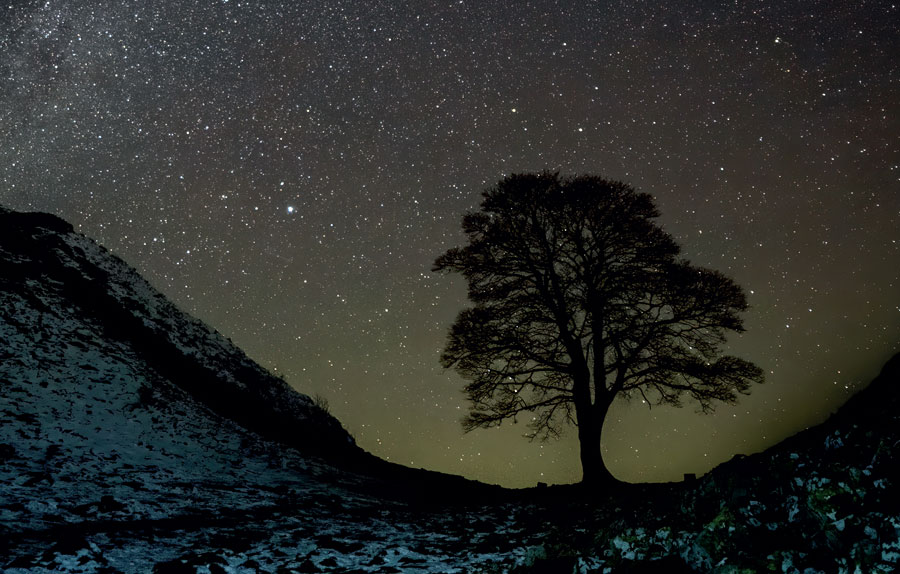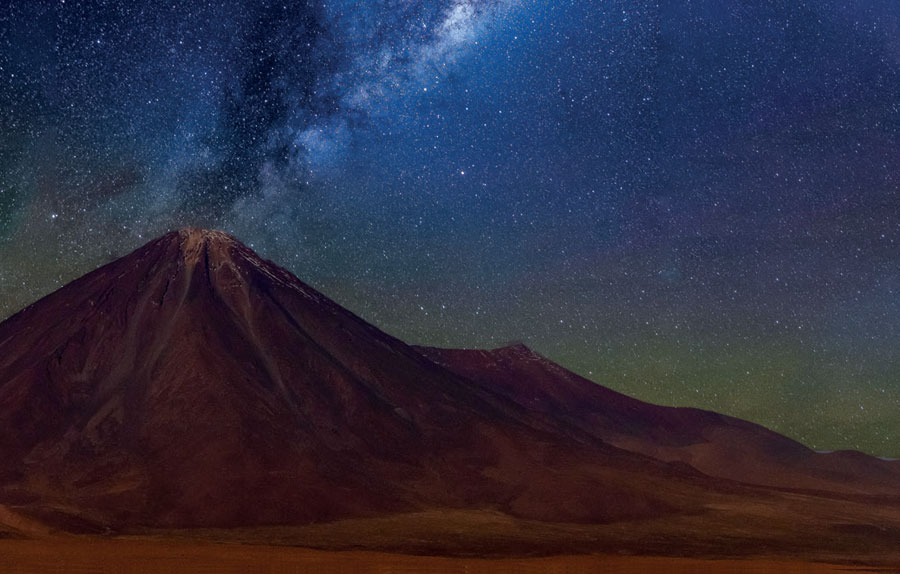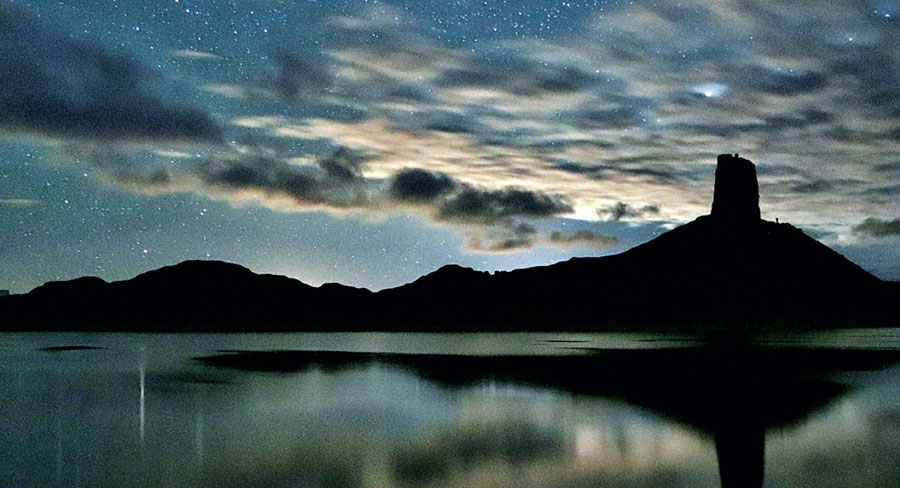
For days I had prayed to Jupiter, the Ancient Greek god of the sky, to part the clouds above the Northumberland International Dark Sky Park - Europe’s largest area of protected night sky. It was midwinter - the best time for stargazing - and my weather app had predicted mist for the area. Whenever I looked at the forecast my heart sank - you need clear skies for the best results and I had been aching to experience a truly dark sky with all its glittering stars for years.
My base for my stargazing trip was the Twice Brewed Inn, a remarkable pub and brewery with rooms just a stone’s throw from Hadrian’s Wall near Hexham. The pub, which is popular in summer with walkers exploring the Roman fortification, took the innovative step of going into business with astronomical photographer Wil Cheung back in 2019 to help generate some winter income. He is now the pub’s resident astronomer and supervises group sessions for those who really want to see stars. It has even installed the only pub planetarium in Britain.

The first highlight we saw was a comet, the one-kilometre-diameter and unpromisingly named E3 (ZTF), which was only discovered in 2022.
At the time of my visit, in February this year, it was as close as it would get to Earth, about 42 million miles away. It is thought that its trajectory will take it out of the solar system, so once it has disappeared from view it will never be seen again.

We were a mixed group: young couples, families with children, and me and one of my best friends. It’s fair to say we were all awed. Later, in the planetarium, we had a 30-minute screening which revealed details of our global space exploration and some of the science behind it all.
Cheung, who was inspired at the age of seven by Patrick Moore, the astronomer and host of the TV show The Sky at Night, aims to imbue people with a love of the universe.
‘I hope tonight is the start of your stargazing journey - not just a one-off experience,’ he said. That’s one of the great things about astronomy: it’s a like a trip to the theatre, where no night will ever be precisely the same.
Cheung also hosts trips to see the Northern Lights in Iceland, but this year he didn’t need to travel so far as they appeared across the UK. And it seems likely that being able to view this spectacle without travelling to the Arctic Circle may continue. The last solar minimum - when the Sun’s surface is least active during the 11-year solar cycle - was in 2020, so activity on the Sun has been increasing since, and more frequent displays of the aurora in the UK are likely in the next few years.
Pictures: Adobe Stock








